The moving garden grows through the broken-up asphalt on Avenue des Champs-Élysées
One could say that the city has become our new biotope, with half of the world (55% in 2017) living in urban settings. As derived from various faiths, histories, and mythologies, one could also say that soil is the origin of life and the world. Soil’s fertility shapes our food, our populations and our economies – its organisms define our health and its colour and texture have shaped our material cultures. These two statements however have not been without friction, urbanization and soil sealing having caused significant problems such as floods, landslides, subsidence, and urban heat islands. This project proposes for soil to be present everywhere as the asphalt is broken from the street to the courtyards via the lobbies, granting city dwellers access to soil, and in turn, giving soil a right to the city. Furthermore, it explores how this unsealing would revolutionize urban life and create new futures for cities like Paris.
A speculative future history for an earthen Paris

Asphalt is broken-up and lets the earth re-emerge in Paris (place Charles de Gaulle).
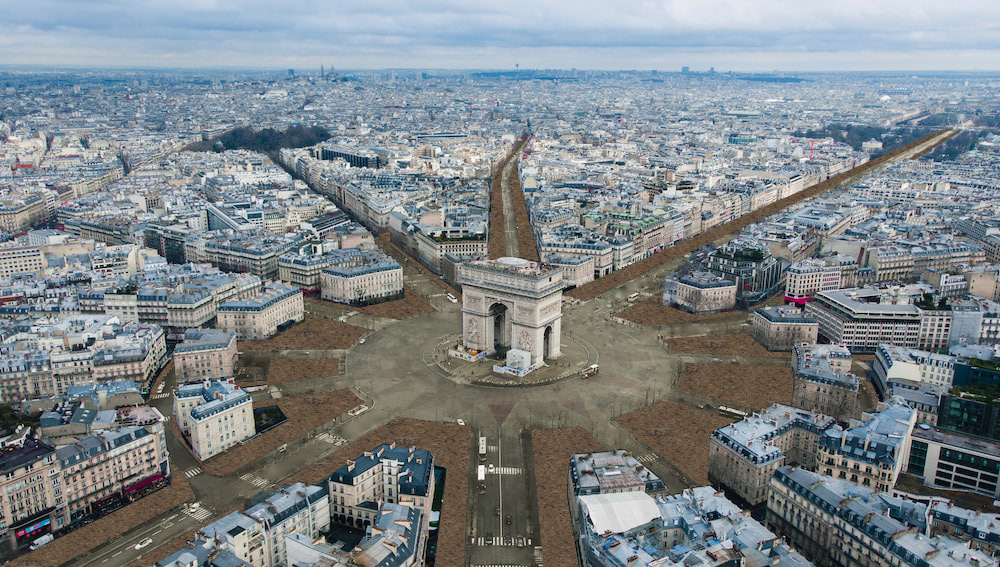
Some streets remain cobbled, while others have their asphalt fully broken-up. The street is shared with non-human city-dwellers.
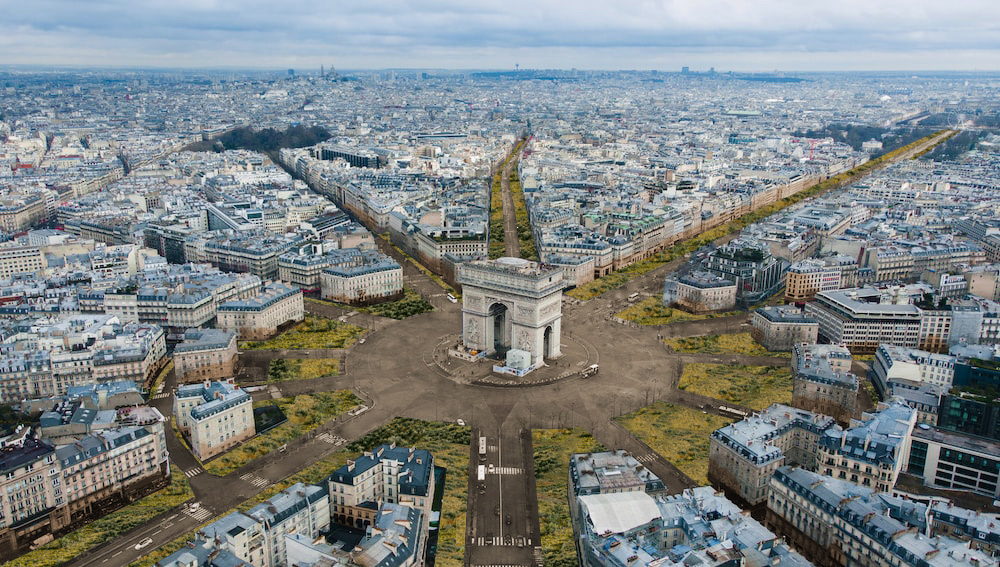
The neighbourhoods start differentiating themselves from one another, due to their soil qualities, as locally sourced earth is used in the architecture.

In Paris, city-dwellers have access to soil, and soil has a right to the city.
What is below our feet?
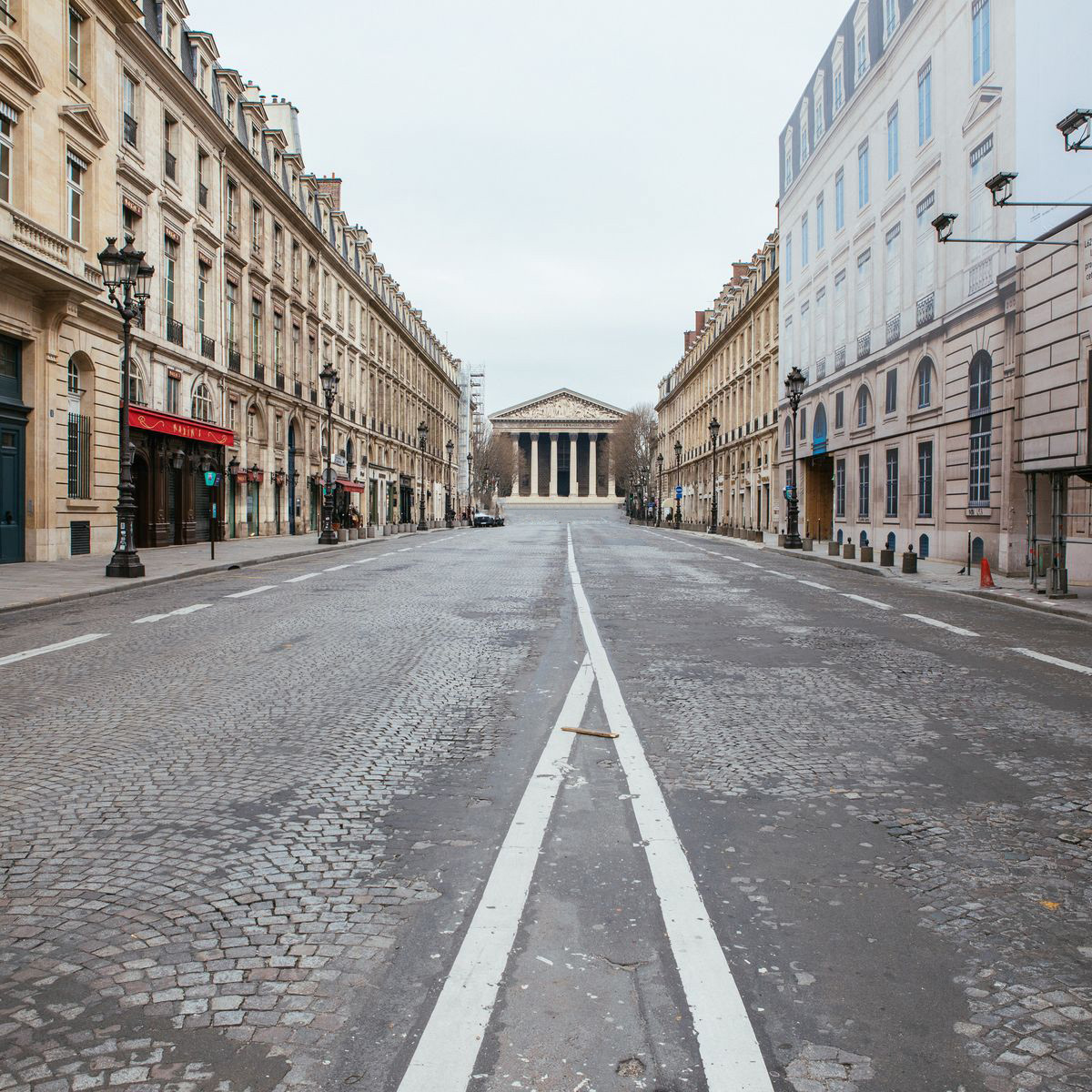
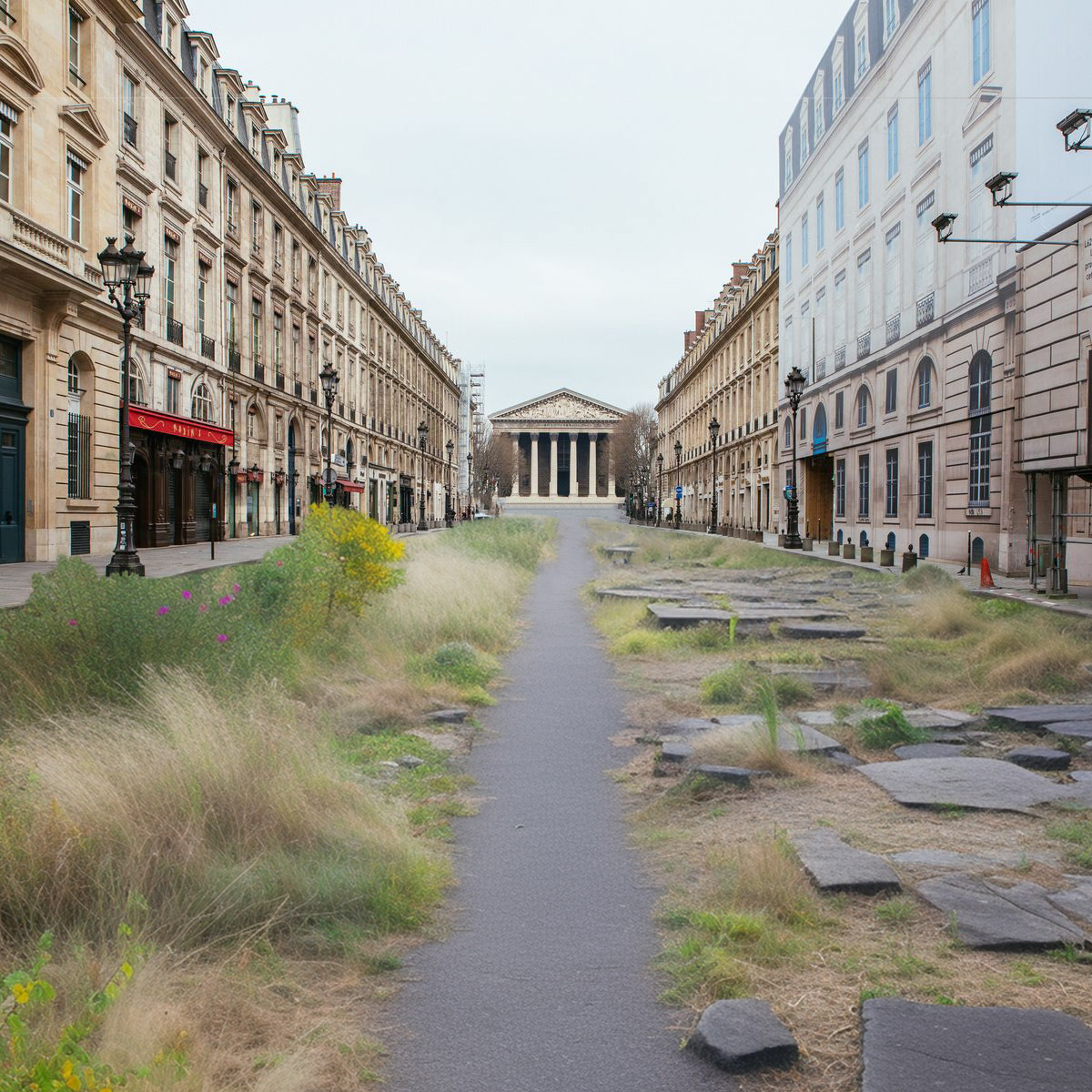
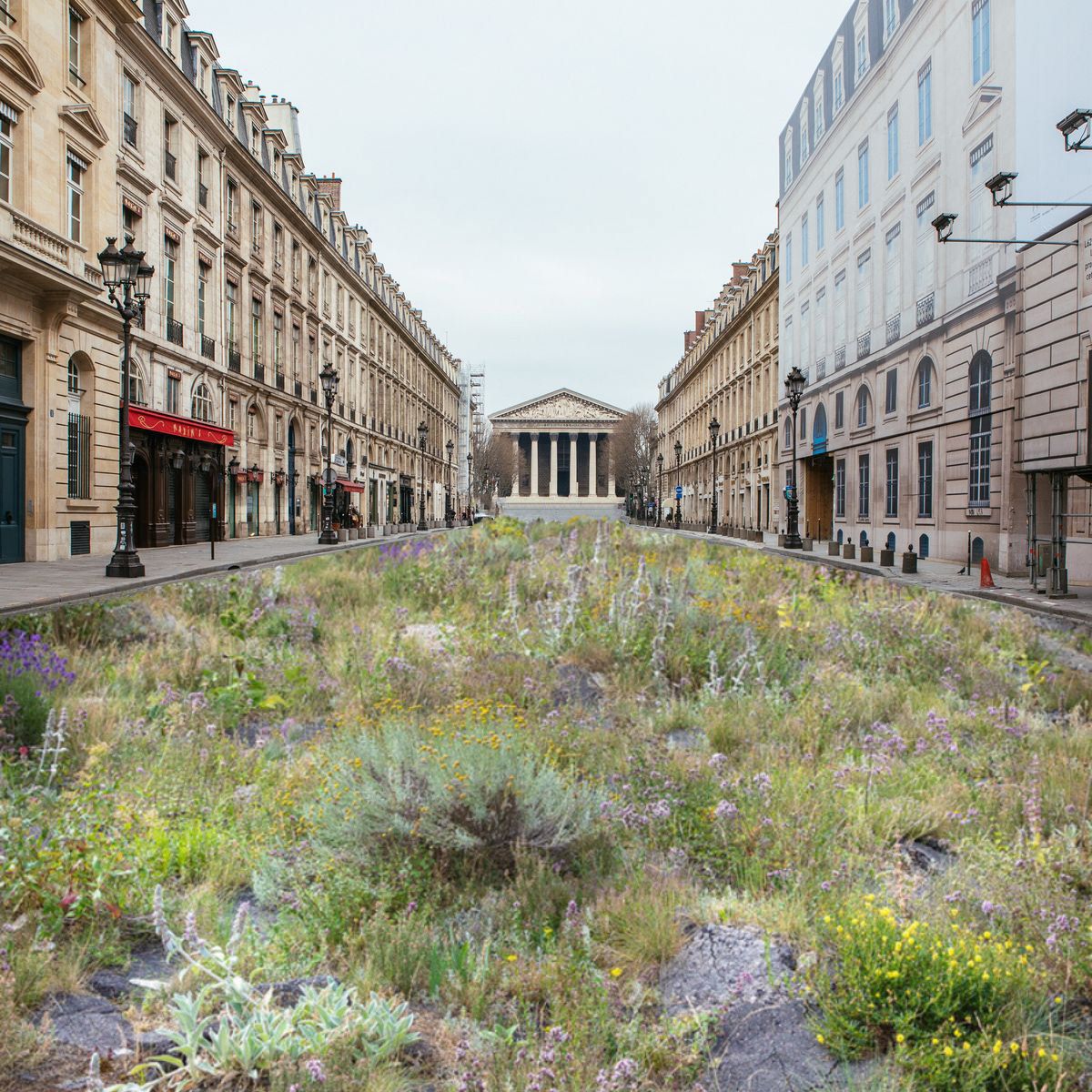
The evolution of rue Royale’s de-asphalting
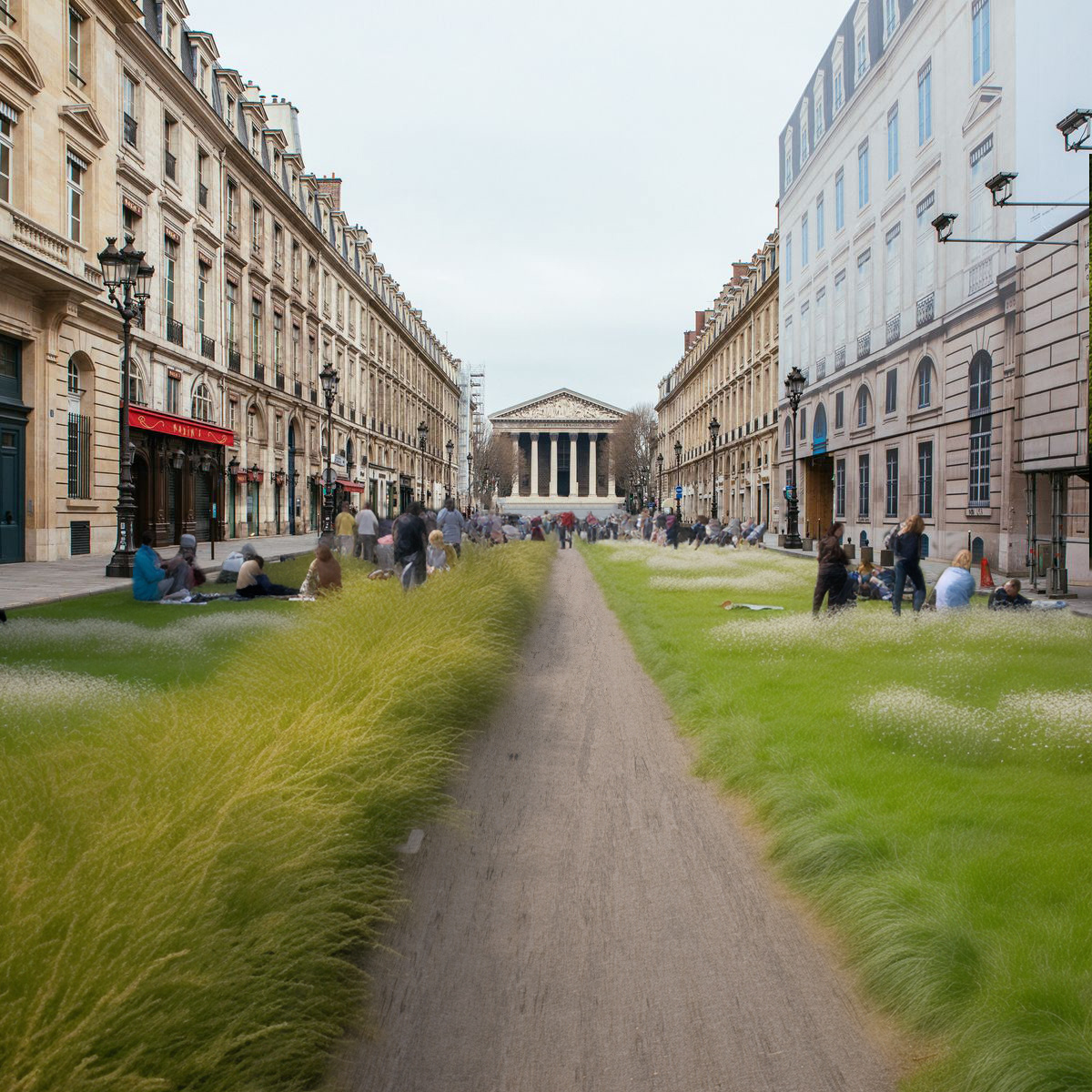
Asphalt, concrete and cobbles will be rearranged to allow a real cohabitation between humans and non-humans in the street. After a topsoil layer will be added, a moving garden will be planted. A first plantation of alpine fauna, therefore resilient to rocky soils poor in organic matter, similar to the one under our pavement, will allow a first colonization of the fractured asphalt. Coined by the French landscape designer Gilles Clément, the moving garden designates a type of plantation where species can develop freely and are therefore able to inhabit the urban space with impunity, evolving with the passing of time, seasons and natural and urban cycles.
Over time, plants, sunlight, rain, and wind will erode asphalt, breaking it down into smaller particles. These particles will mix with the soil, becoming part of its composition. Asphalt, symbolic and essential in the 20th and early 21st centuries, will become a new horizon or layer in the Parisian soil, petrifying past asphalt landscapes similarly to how glaciation periods are preserved in soil horizons.
The existing layout of Paris, with its 20 ‘Arrondissements’ and 80 ‘Quartiers’
In 954, Paris is divided into four quarters or ‘quartiers’. From 1860 to the imagined revolution, Paris has eighty quartiers. After the revolution, Paris has 108 ‘quartiers’.
Geology below the pavement of Paris
As the asphalt is broken up, the diverse qualities of the underlying earth give birth to new neighbourhoods. These boundaries are not defined by political or administrative factors but rather by the unique characteristics of the soil.
Future layout of Paris, with its 108 earth ‘Quartiers’
The new quartiers bring about a reorganization of the capital, featuring varied scales, distinct architectures, hues and colours, crops, and even smells.
Future occupation and use of the ‘peripherique’ or Paris’ ring road
As the city’s asphalt gets broken up and the streets get unearthed, the transportation modes and speeds across the city will change. Arrivals in the city will primarily be on foot, by bicycle, or by train. The old ring road will be transformed into a porous green viaduct, and only some main arteries will remain cobbled for essential transportation.
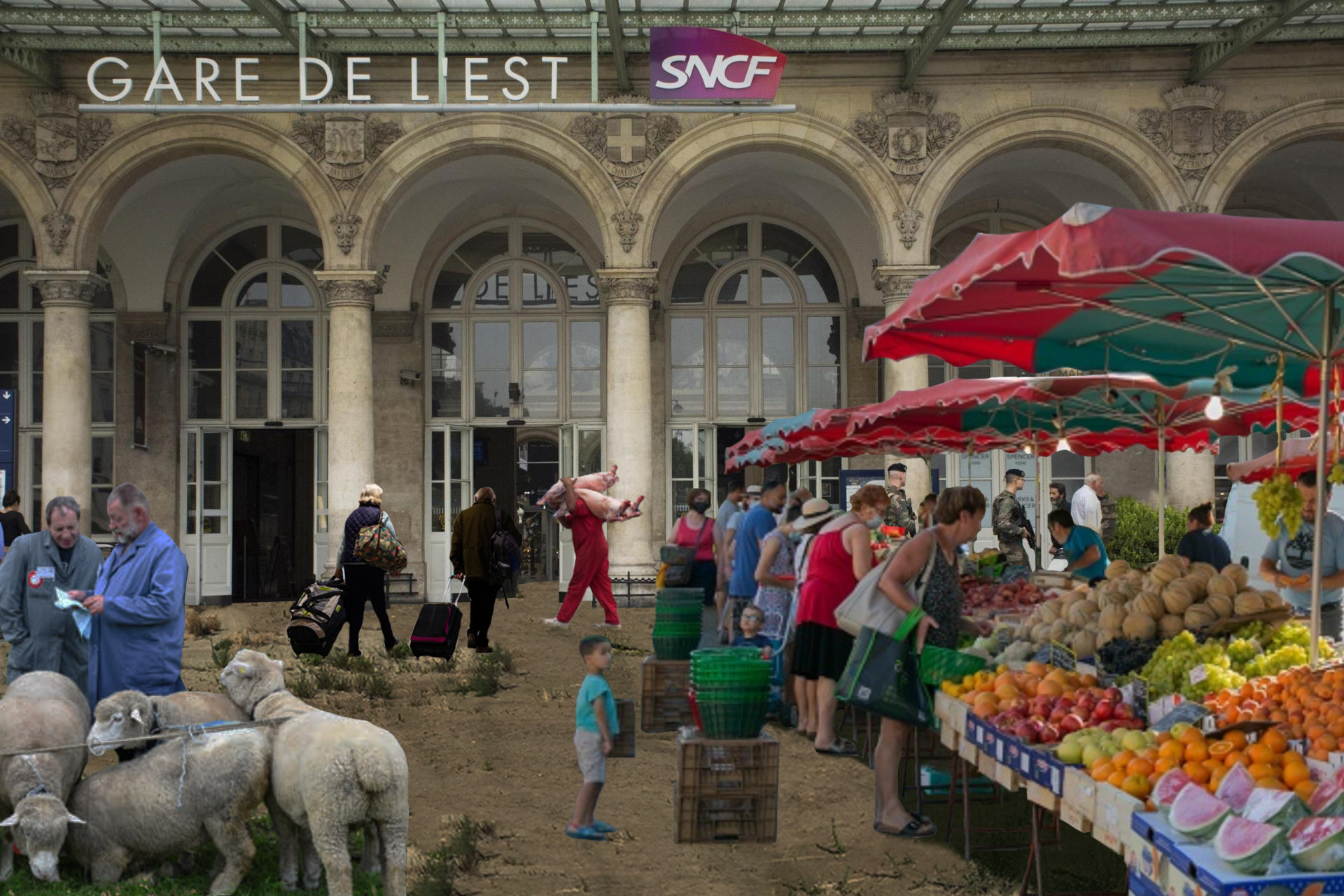
Future markets in front of train stations such as Gare de l’Est. Train stations will become hubs for culture and commerce.
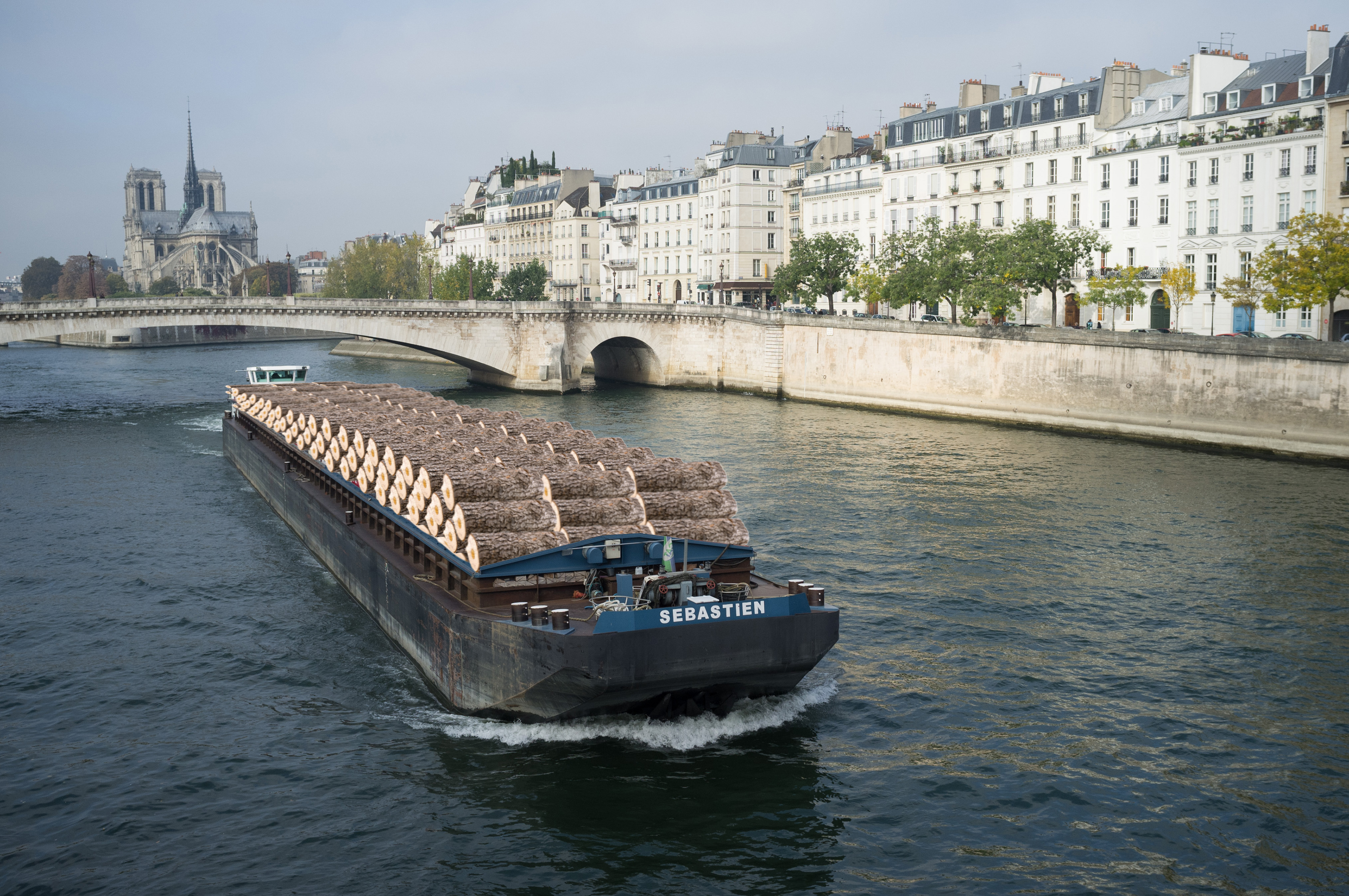
Barges on the Seine - The French waterways will be re-commissioned and barges will replace the traditional trucks for heavy transportation. The symbol of the city is after all a merchant ship on the Seine, and a renewal of river traffic will give meaning back to this identity.
New ‘quartier de la goutte des sables verts’ plan, and its self-sufficient organisation
With the liberation of street space and the return of earth, urban life would naturally scale back, possibly even transitioning to a 5-minute city in some areas. This shift would unlock prospects for self-sufficiency, such as urban farming and neighborhood waste recycling, rendering the traditional notion of a large, centralized city, obsolete.
Future occupation of the earth streets
Freed-up spaces or now obsolete spaces, such as former street parking, will be utilized to cultivate crops such as wheat, lettuce, onions, peaches, cabbage, and even grapes for wine.
Lacustrine neighbourhood and the collection of wild water reeds for thatching
Lime hemp facade renovation, rue de La Bucherie, in a district with a soil rich in river gravel, clay and limestone
The notion of care and maintenance that will re-emerge with earthen architecture will drive a significant shift. A new resilient architecture, one that prioritizes easy maintenance over predetermined longevity will appear. These designs will foster an ecology of care, enabling both formal and informal acts of preservation.